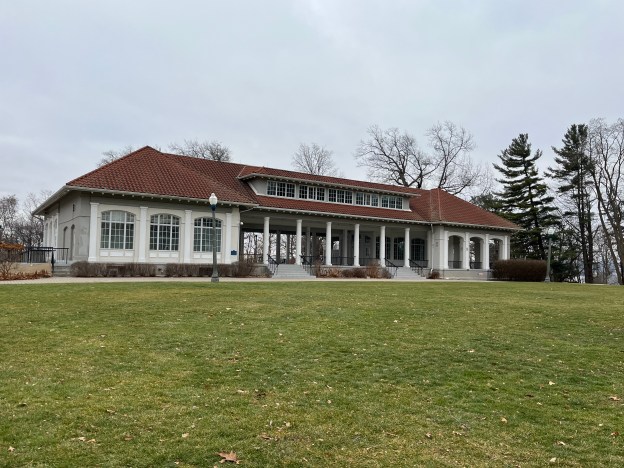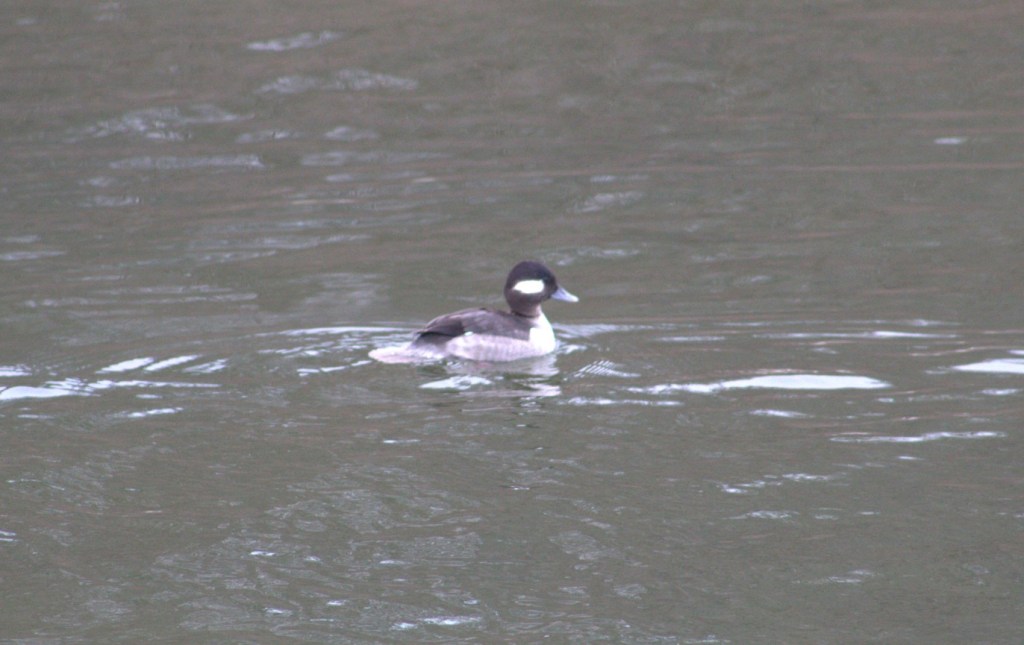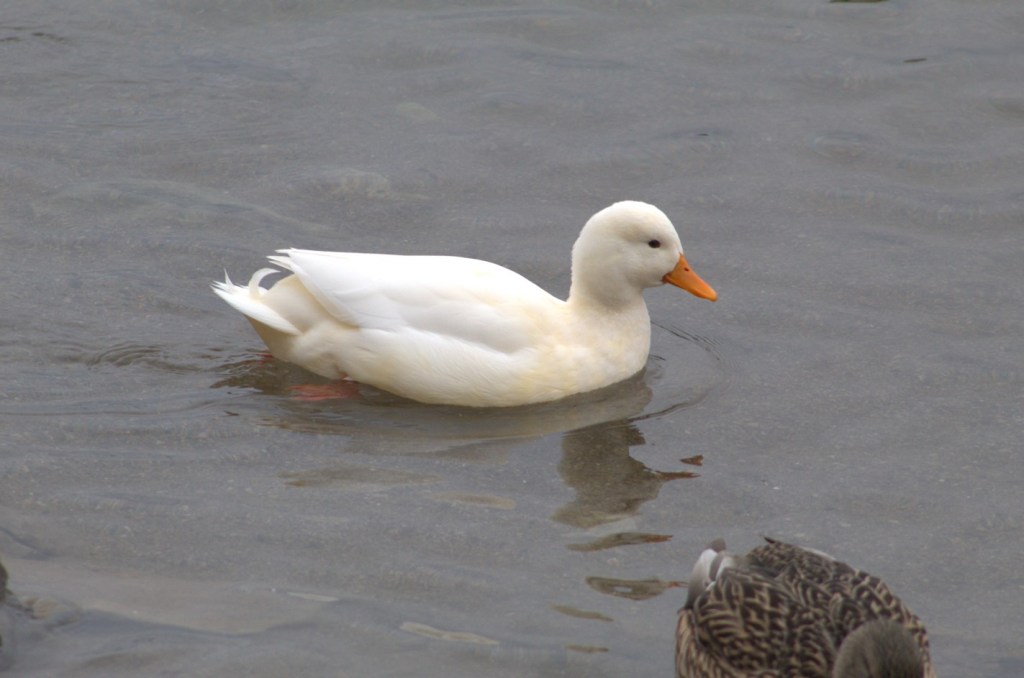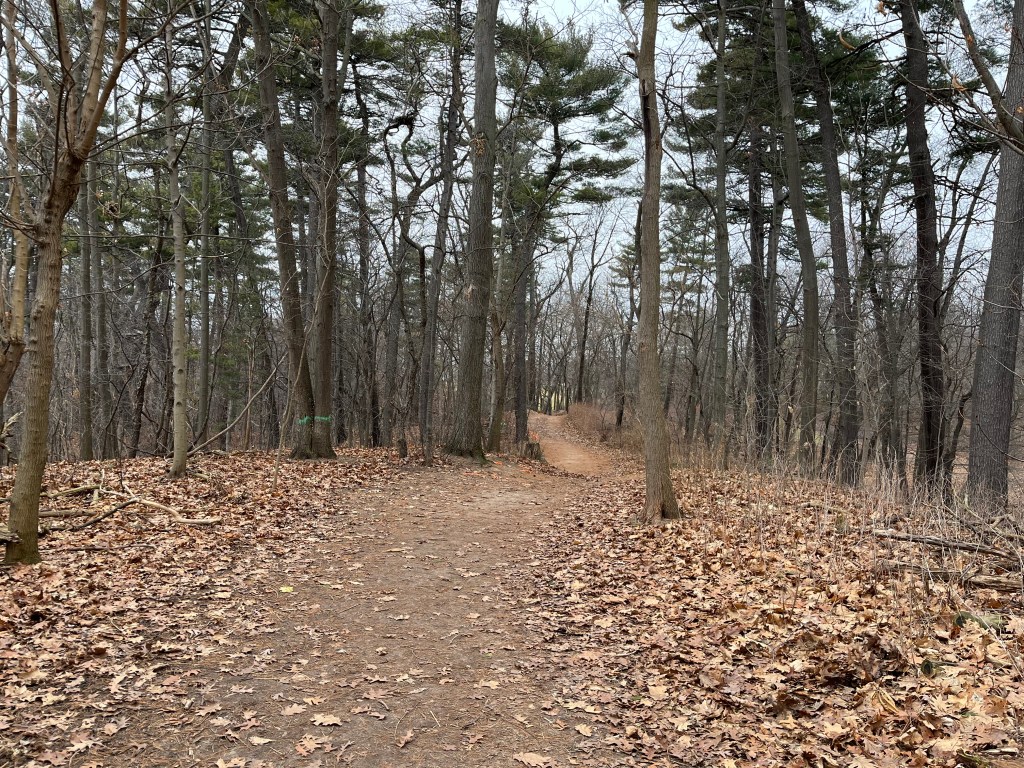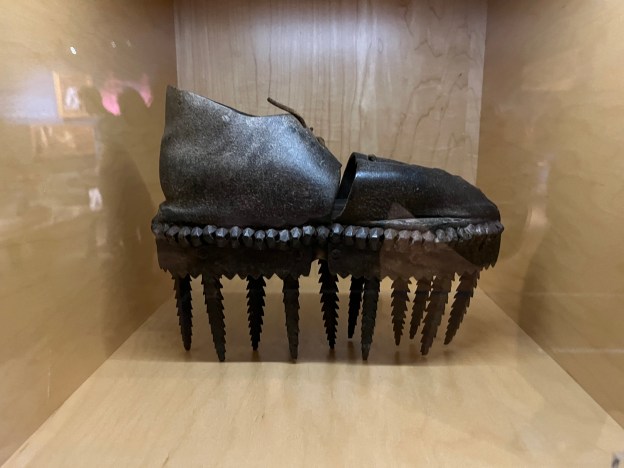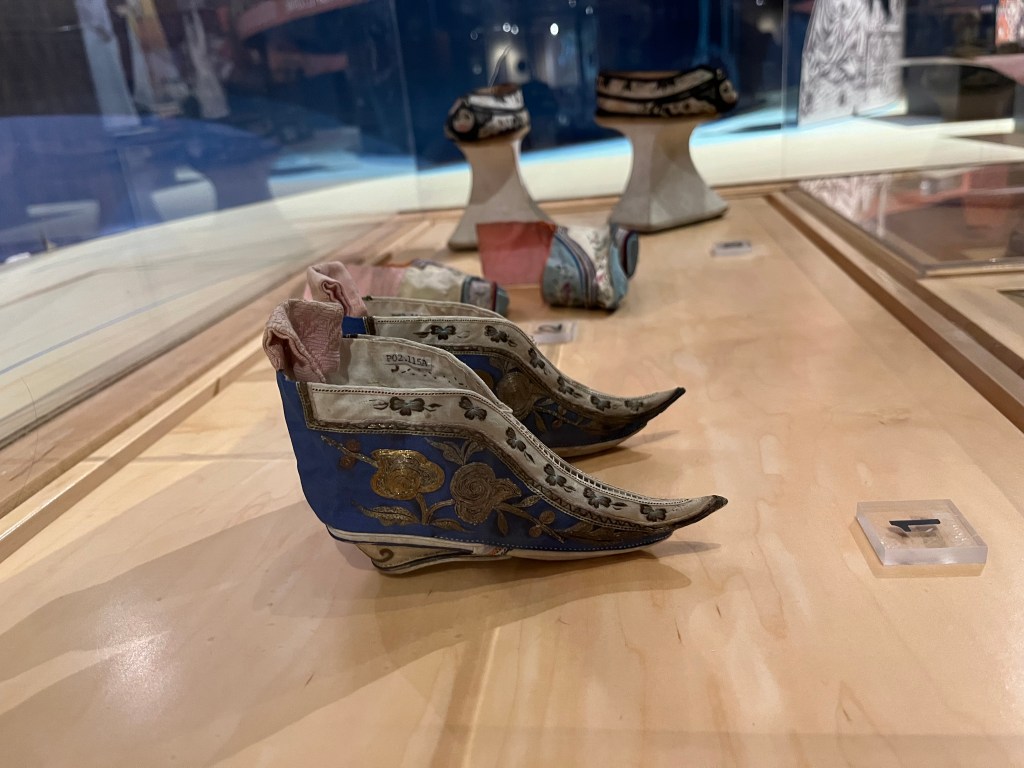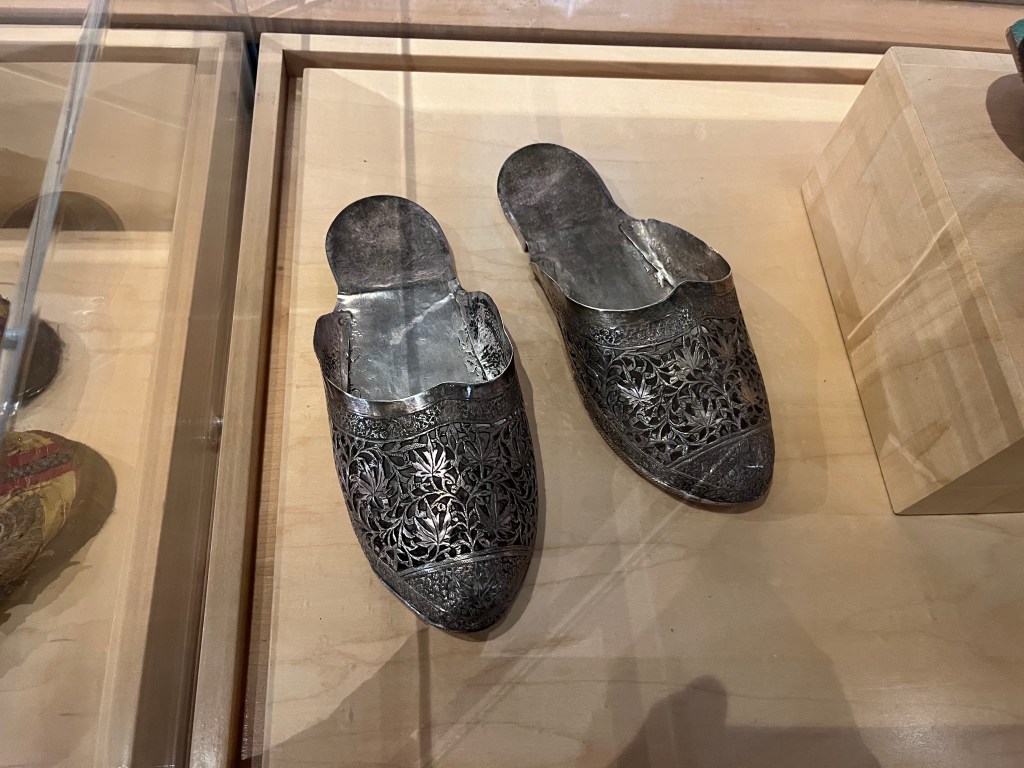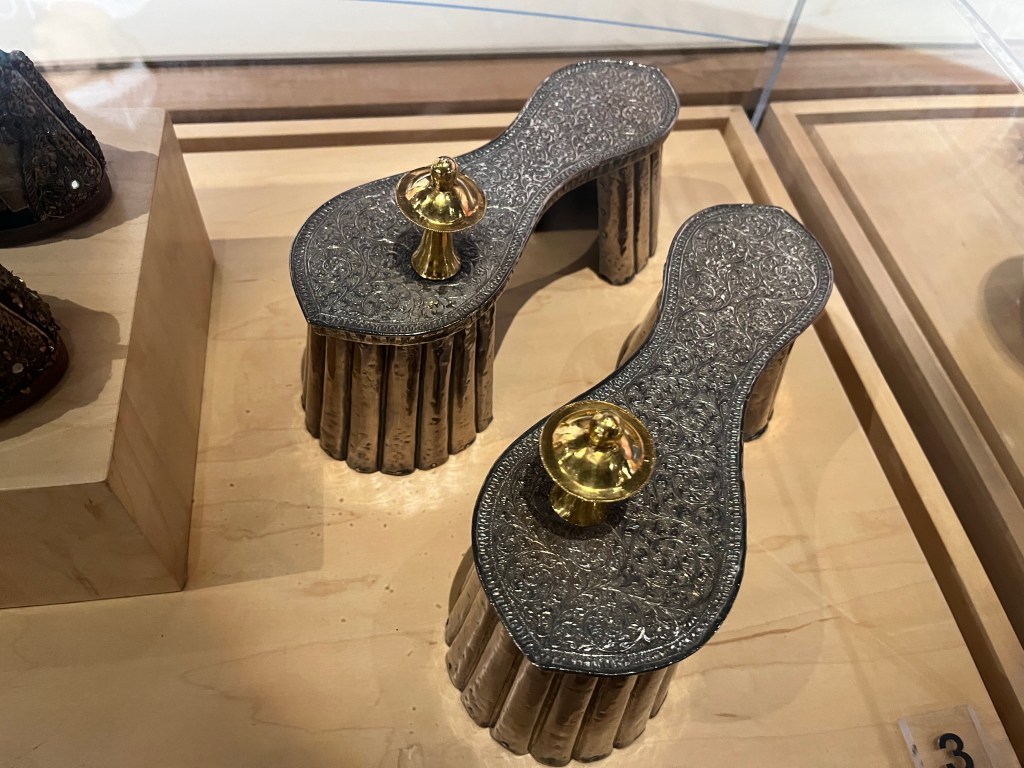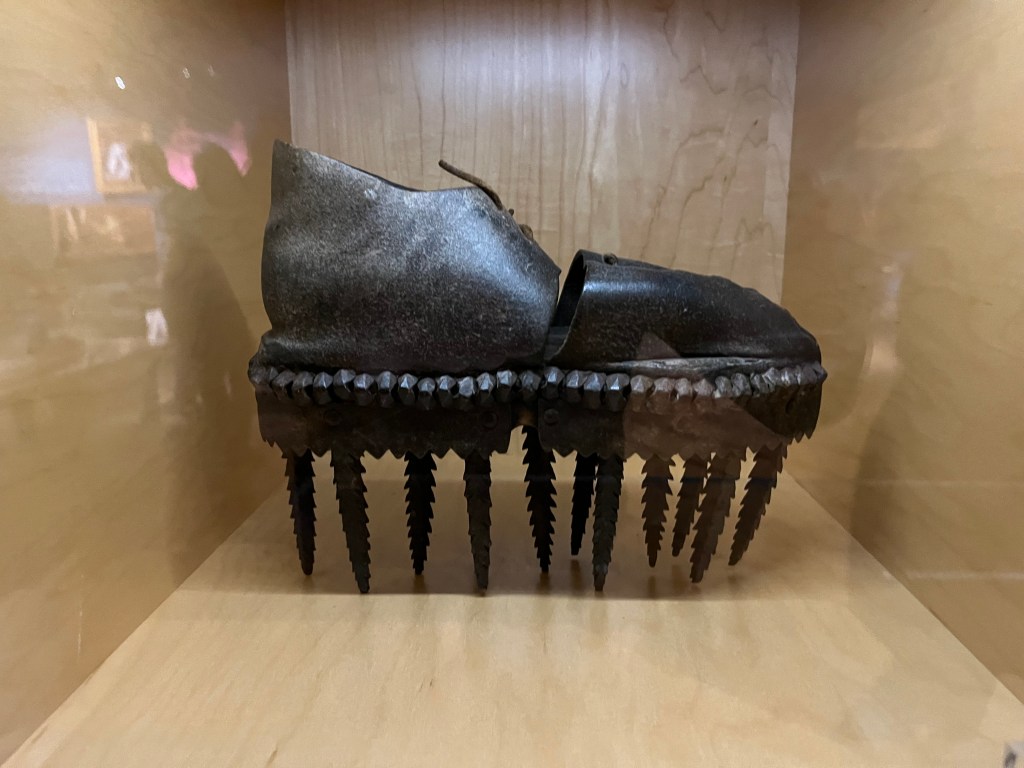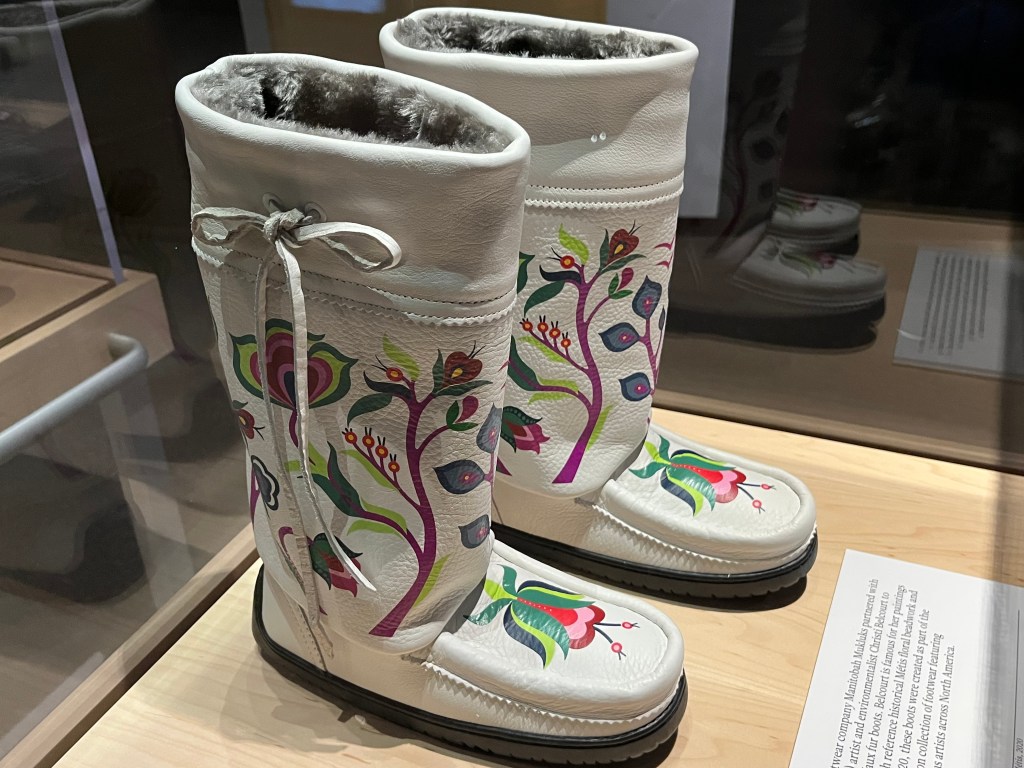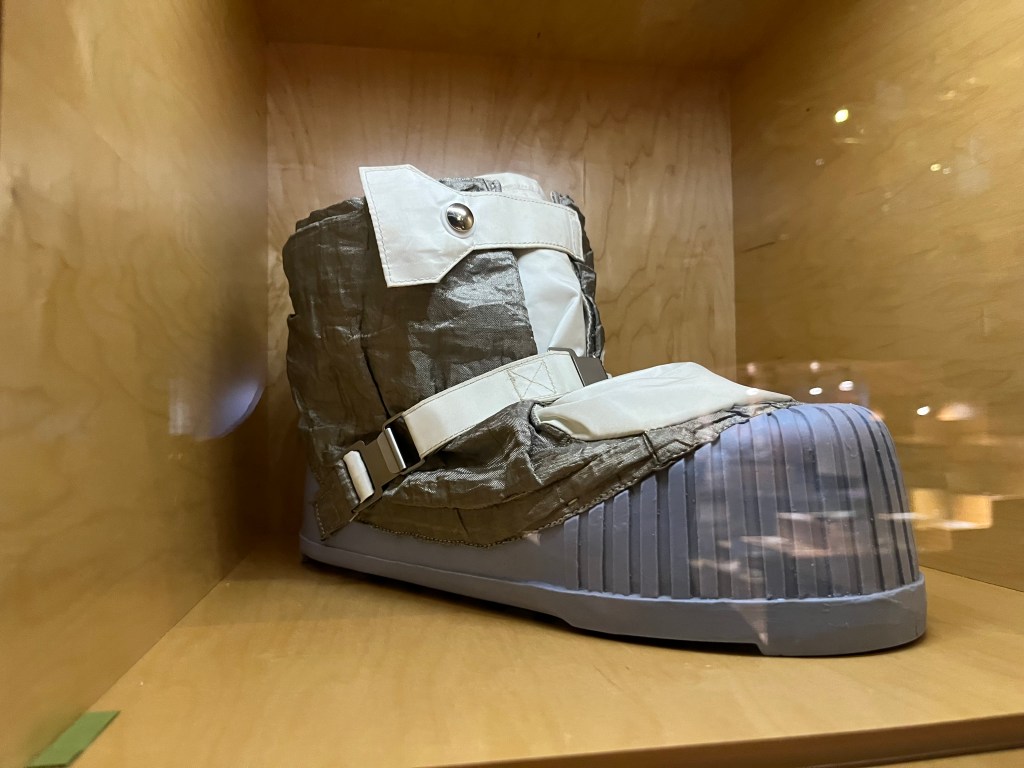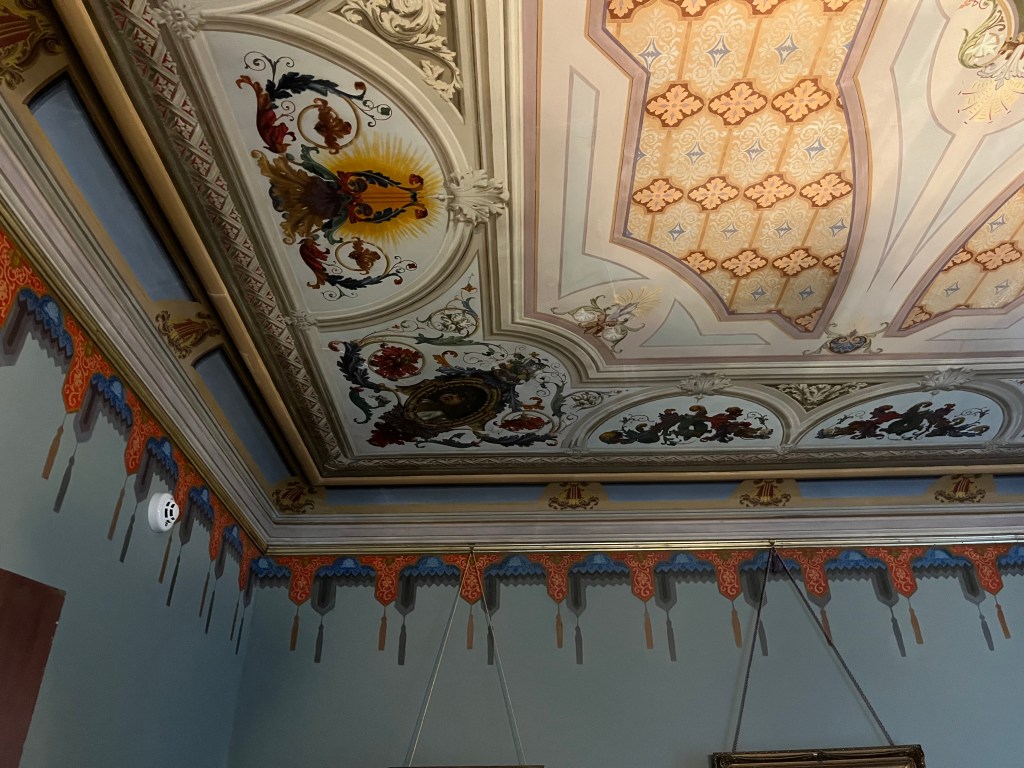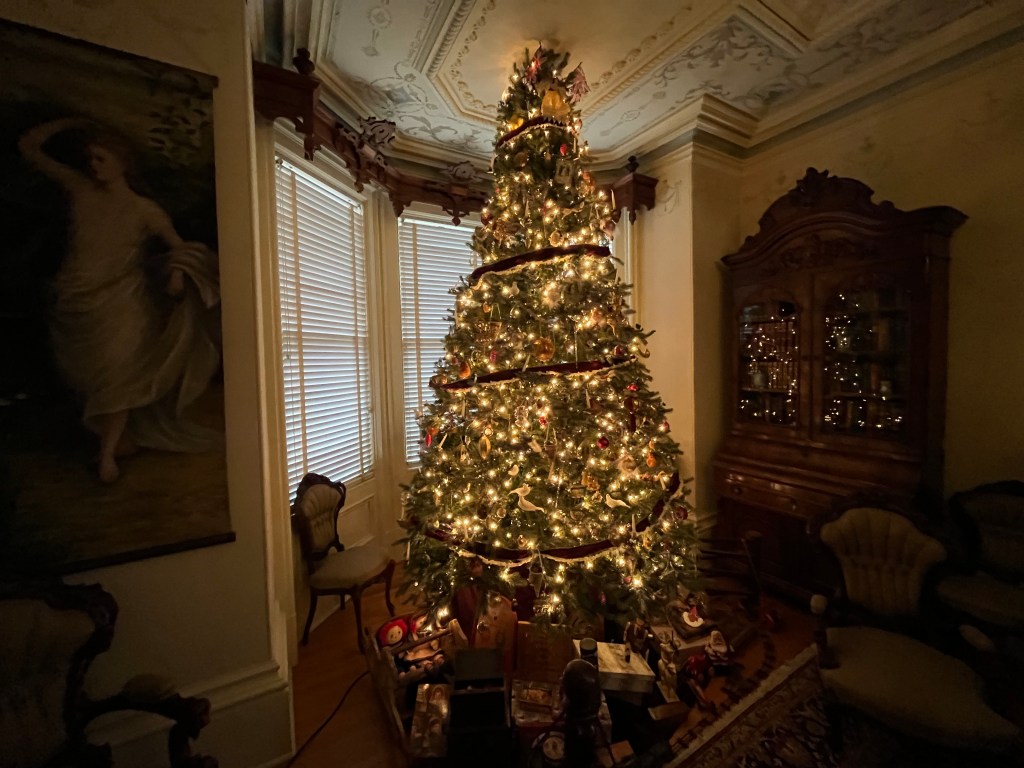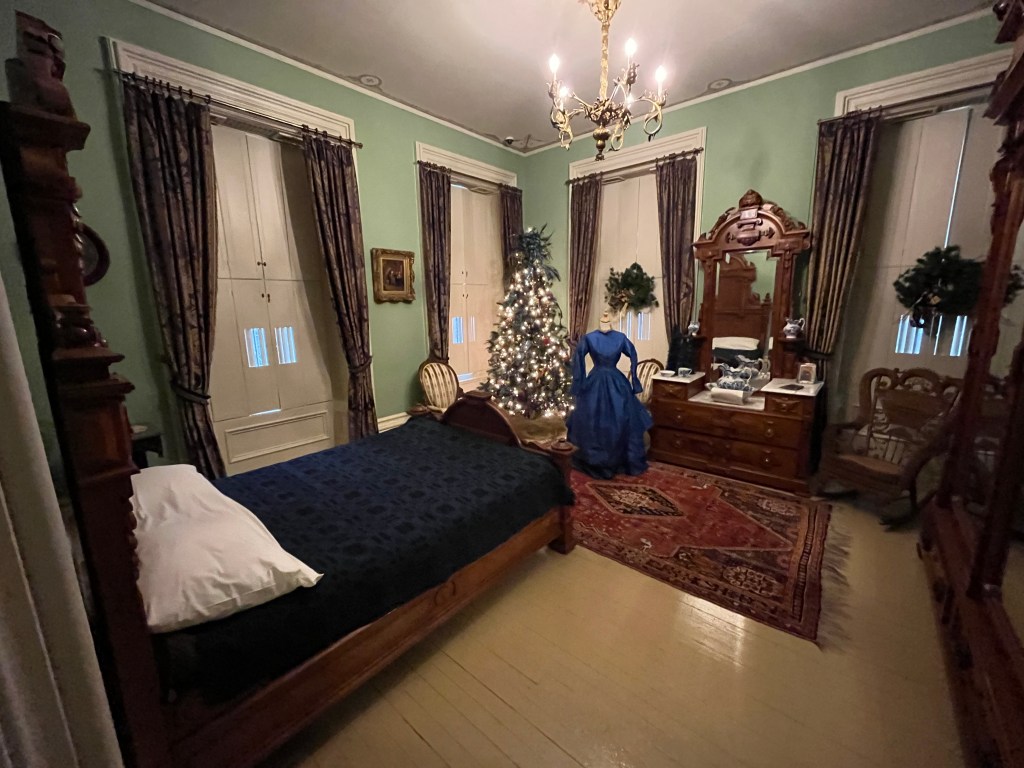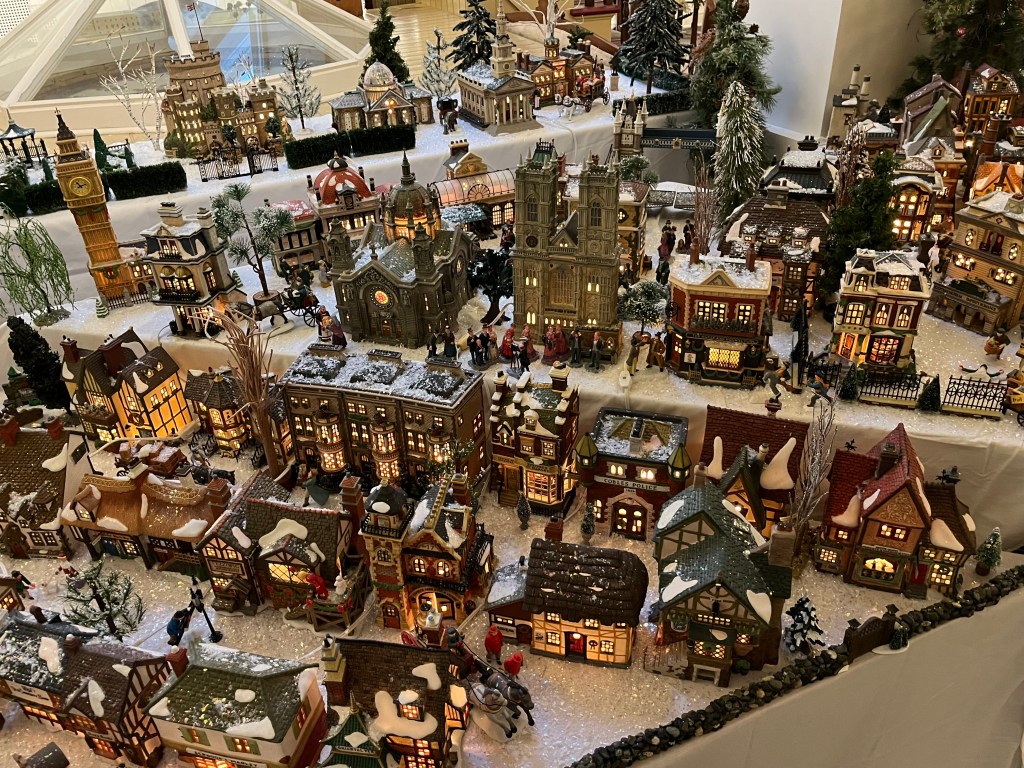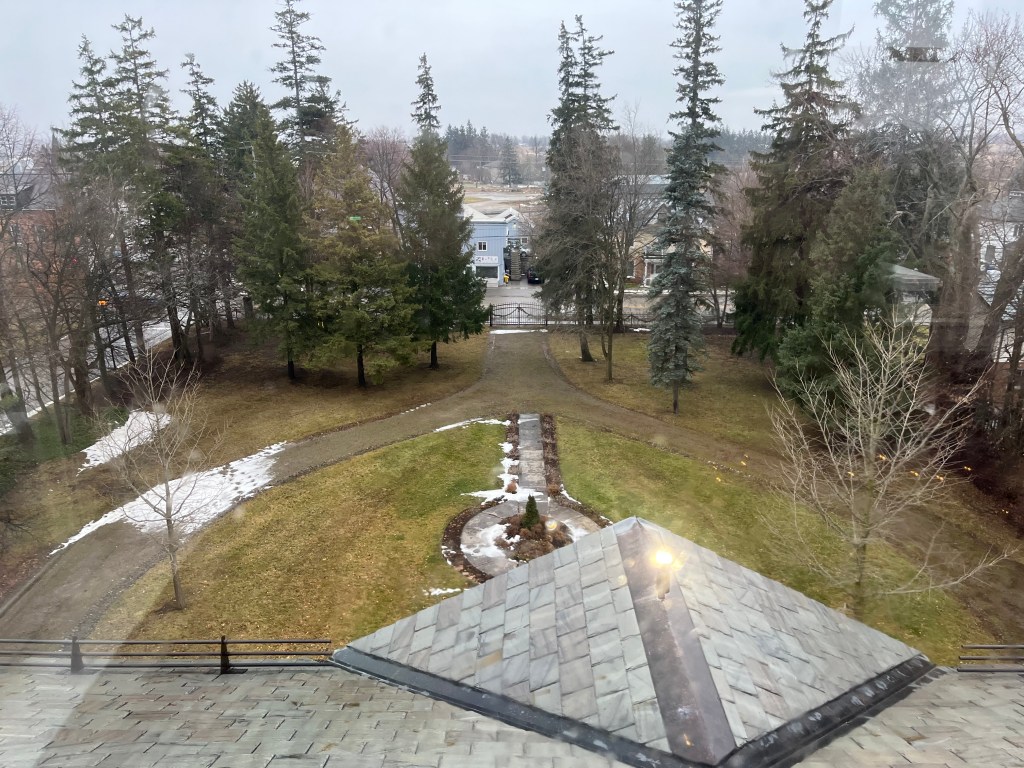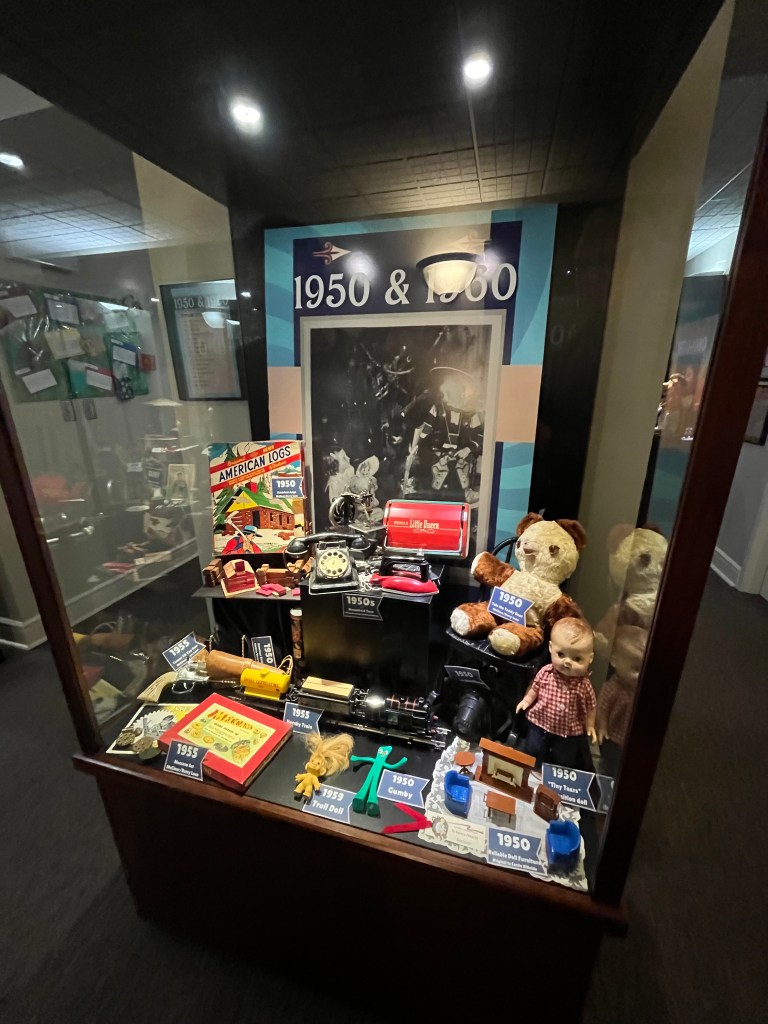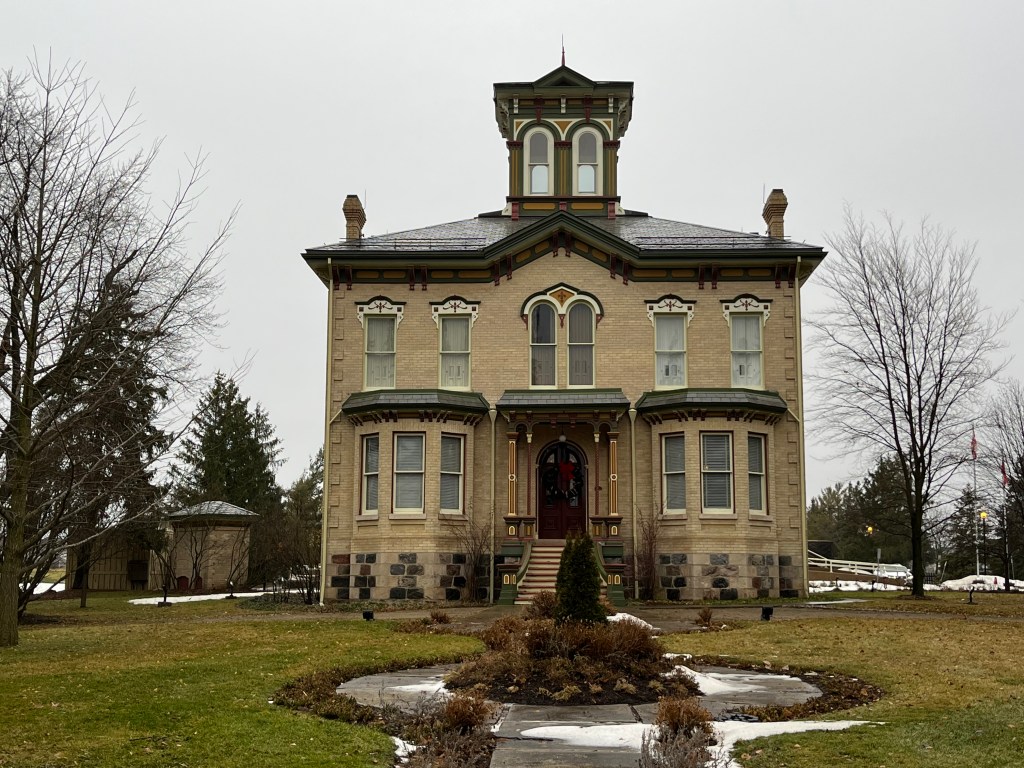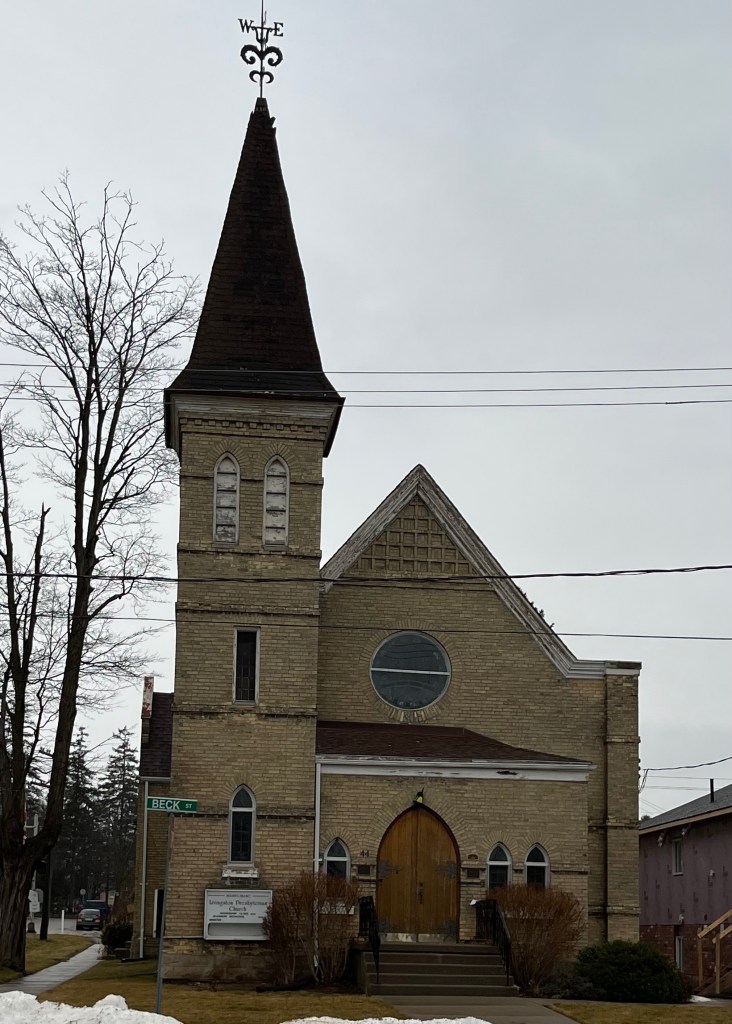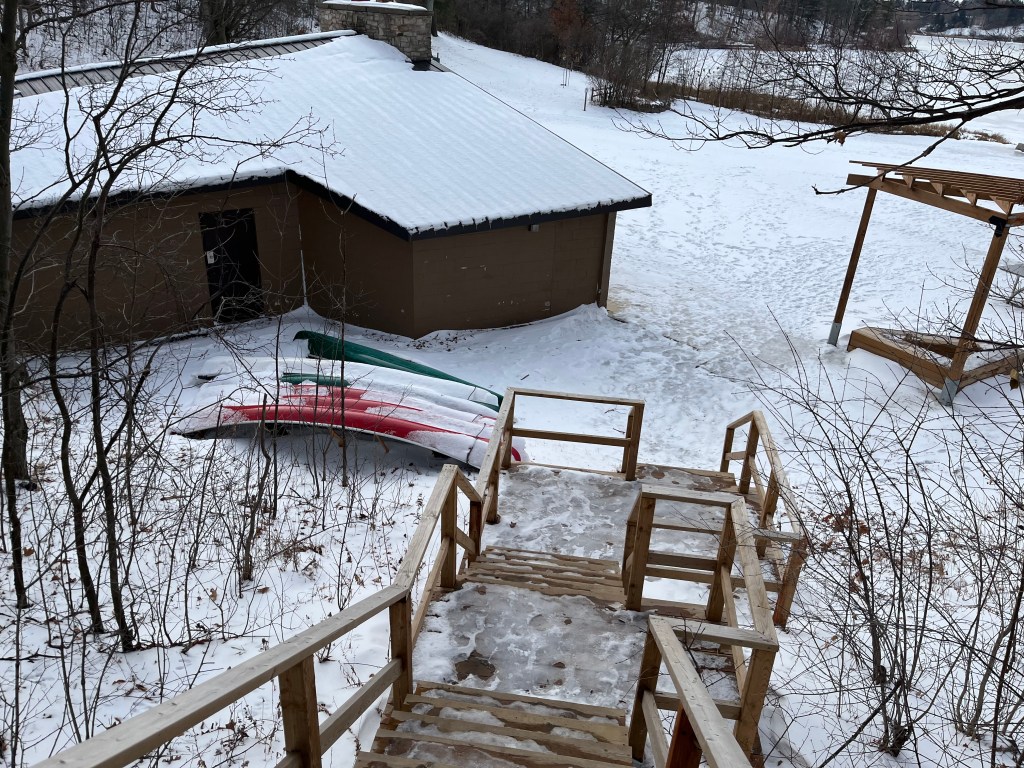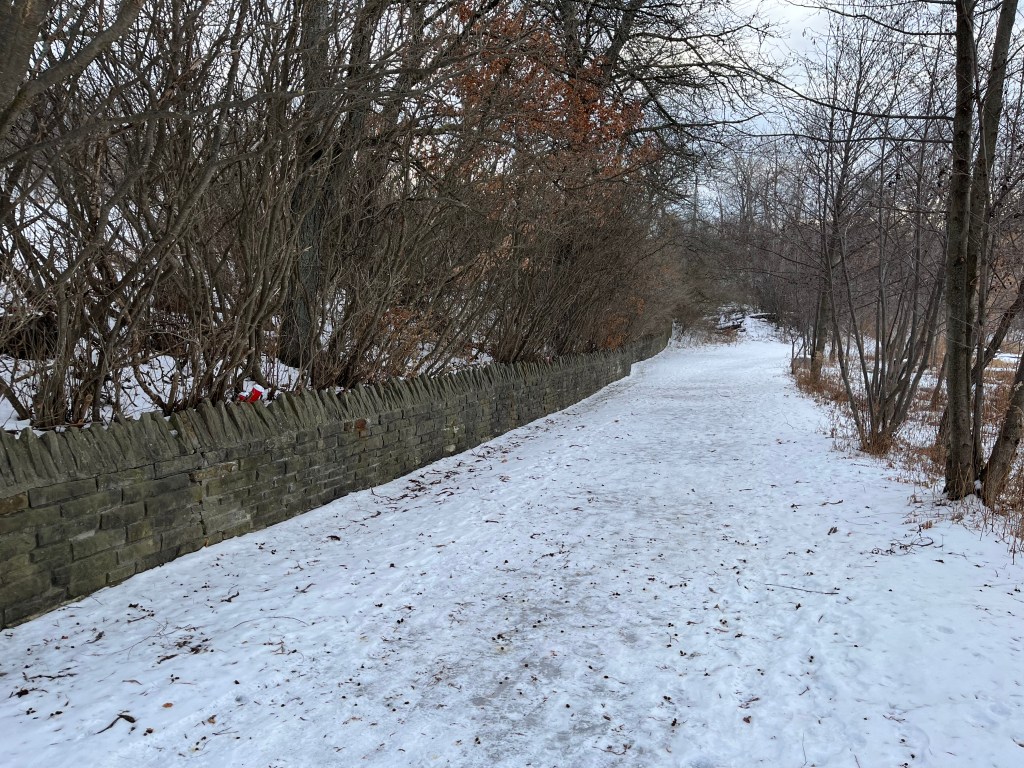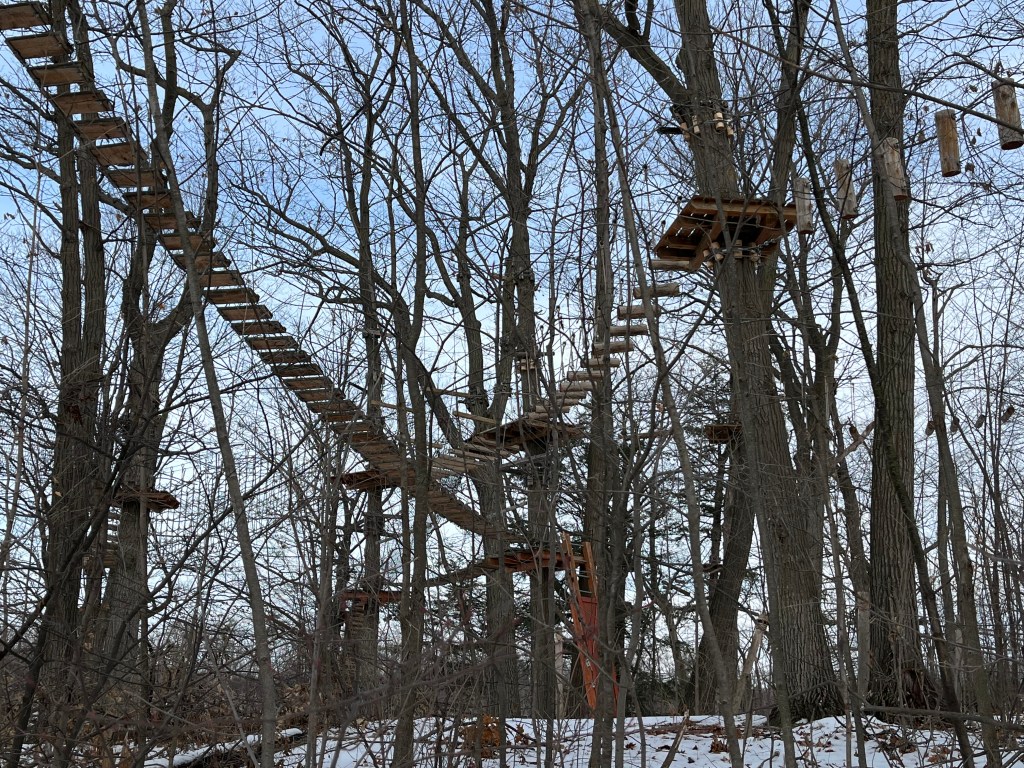Sunday, January 29, 2023
St. Lawrence Market is the oldest continually operating market in the city of Toronto. It was founded 220 years ago in 1803 by order of the Lieutenant Governor, Peter Hunter. It was originally housed in a wooden building which is depicted in the historical sketch below. Notice how all of the surrounding land was still undeveloped as the town of York (later Toronto) was only 10 years old at this time and had a population of less than 1000 people. It was originally known as Market Square and was open on Saturdays for the sale of cattle, sheep, pigs, chickens, produce and other merchandise. A by-law prevented the sale of many of these items anywhere in the city on Saturday between 6am and 4 pm except at the market.

The original building was demolished and replaced in 1831 with a square brick building with an open courtyard in the middle. The market was the primary place for the community to purchase food, including live animals that would be raised in the backyards of the residents homes. It was common for people to have chickens, sheep and pigs in their yards which would be slaughtered to provide meat to feed the family.

The market was developed as two buildings on either side of Front Street. St. Lawrence Market north was replaced several times. A 1968 single story building was demolished in 2015 to make way for a new five story north market. This building is nearing completion and expected to open soon. A future visit may focus on the new north market. The building on the south side of Front Street was rebuilt in 1845 to house Toronto City Hall. It was destroyed in a fire that demolished much of the downtown market core in 1849 and so it was replaced in 1850. This building served as City Hall until 1899 when council moved into the facility on Queen Street which is now known as Old City Hall. The archive picture below shows the 1850 building.

In 1904 both the north and south buildings were replaced. Part of the old city hall was retained and incorporated into the new building. It now forms the main entrance off of Front Street.
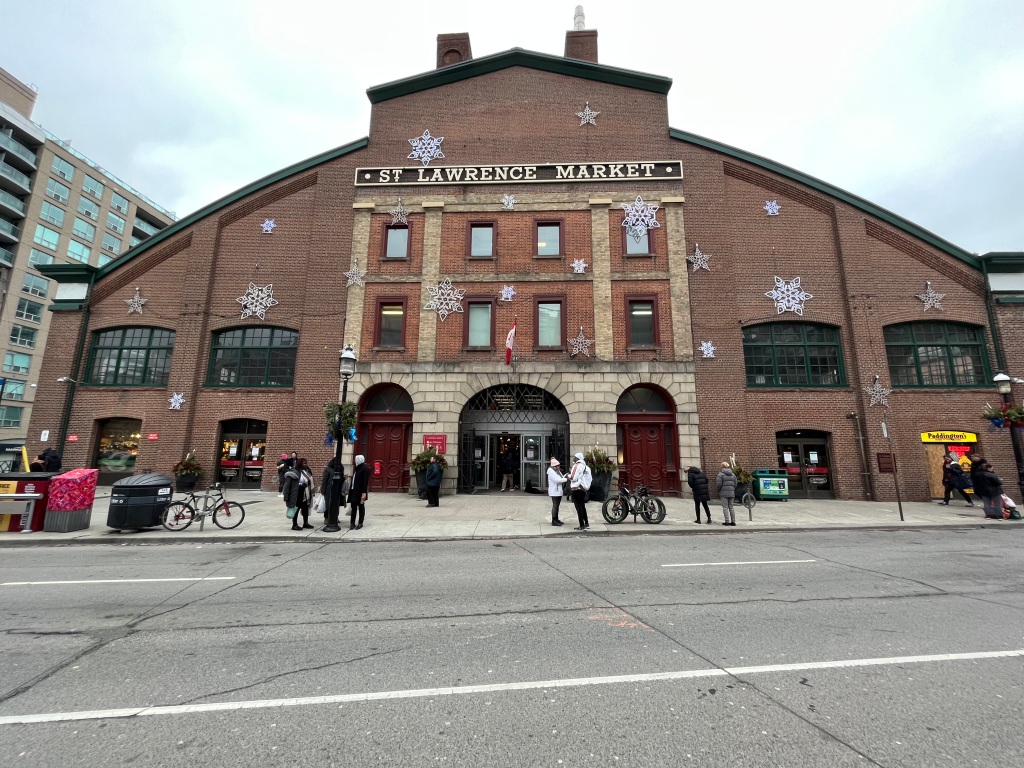
The market wasn’t terribly crowded on the Saturday afternoon when we visited and it’s laid out to provide plenty of room to be able to shop in comfort. Local farmers goods are presented in booths that sit next to ones that sell items imported from all around the world.

Several stalls are selling meat including standard cuts of beef, pork and chicken. There’s also some more exotic meats for those who are more adventurous. Buffalo, emu, and kangaroo are all available.
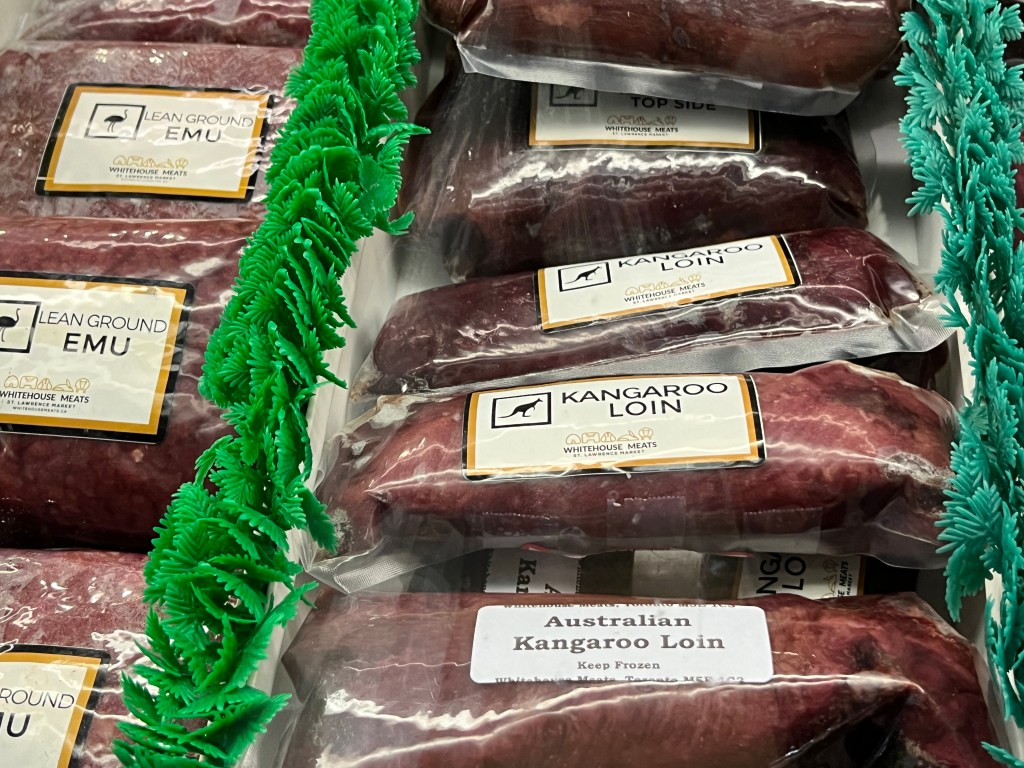
There are plenty of booths selling seafood and you can get almost anything that you can think of here. The market is clean and the food all appears to be fresh and is well presented to make it look very appetizing.

Plenty of fruits and vegetables are available including some of the tastiest strawberries that can be found in the city. National Geographic named St. Lawrence Market as among the world’s top ten best food markets in their September 23, 2011 issue.
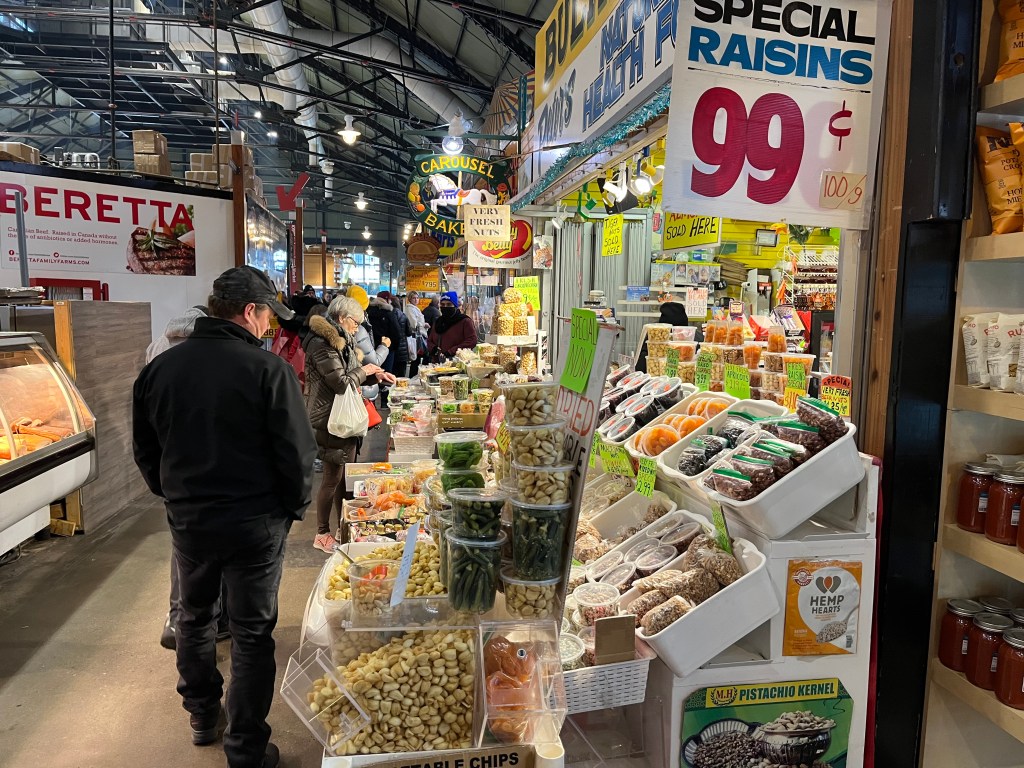
A wide range of prepared food can be purchased at St. Lawrence Market. There’s restaurants selling ethnic food from many of the cultures that are represented in Toronto. There’s also plenty of booths selling pastries, sweets and various treats. There’s clothing, jewelry and souvenirs of Toronto and Canada for sale as well.

The market is open from Tuesday to Saturday and entry is free of charge. An antique market used to operate out of St. Lawrence Market but it has recently moved to The Small Arms Building on the former Arsenal Lands site in Mississauga. Watch for a future blog about the antique market.
Related stories: Kensington Market, Small Arms Testing Site, The Arsenal Lands, Long Branch Rifle Range
Google Maps Link: St. Lawrence Market
Like us at http://www.facebook.com/hikingthegta
Follow us at http://www.hikingthegta.com
Also, look for us on Instagram

